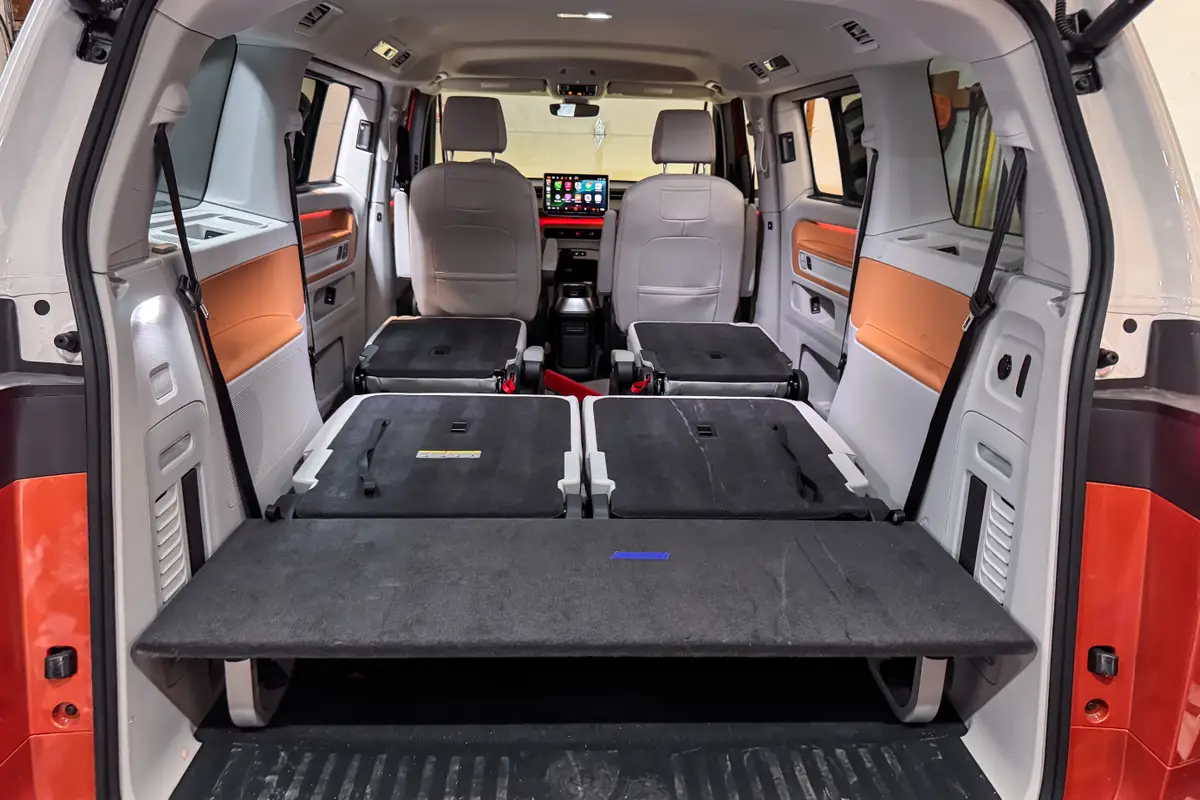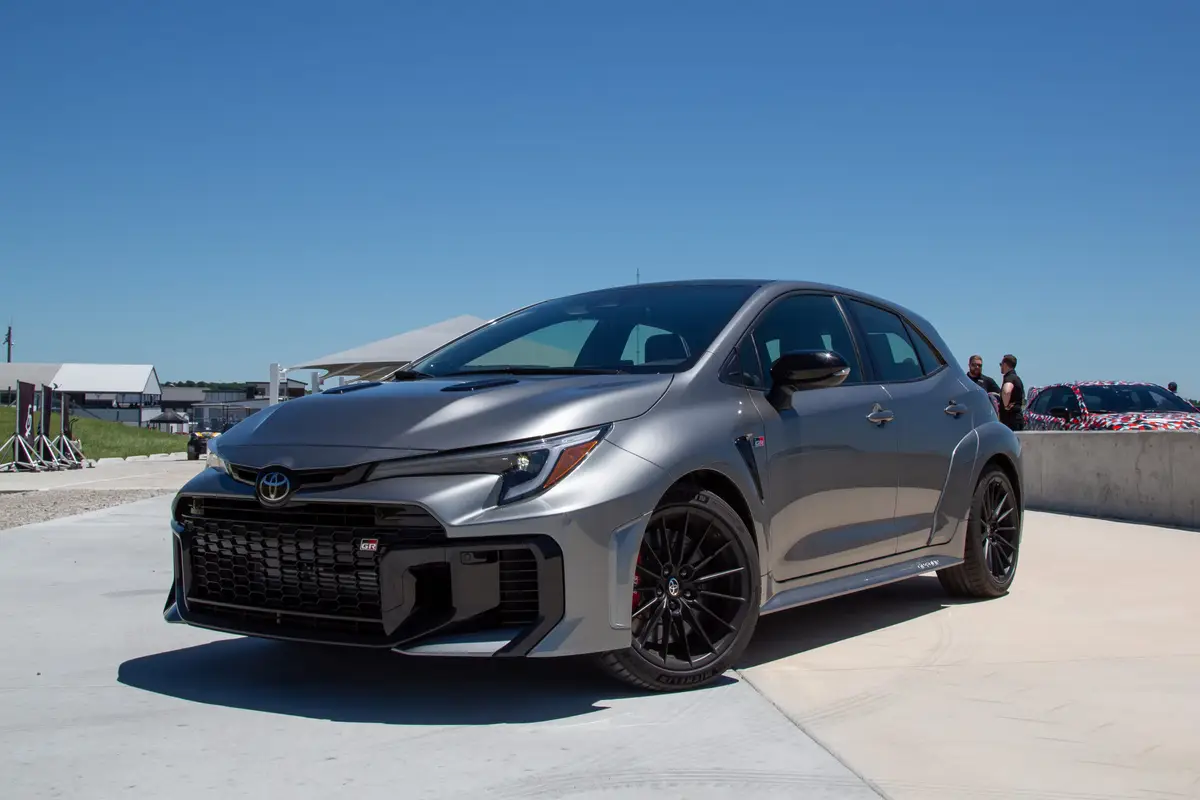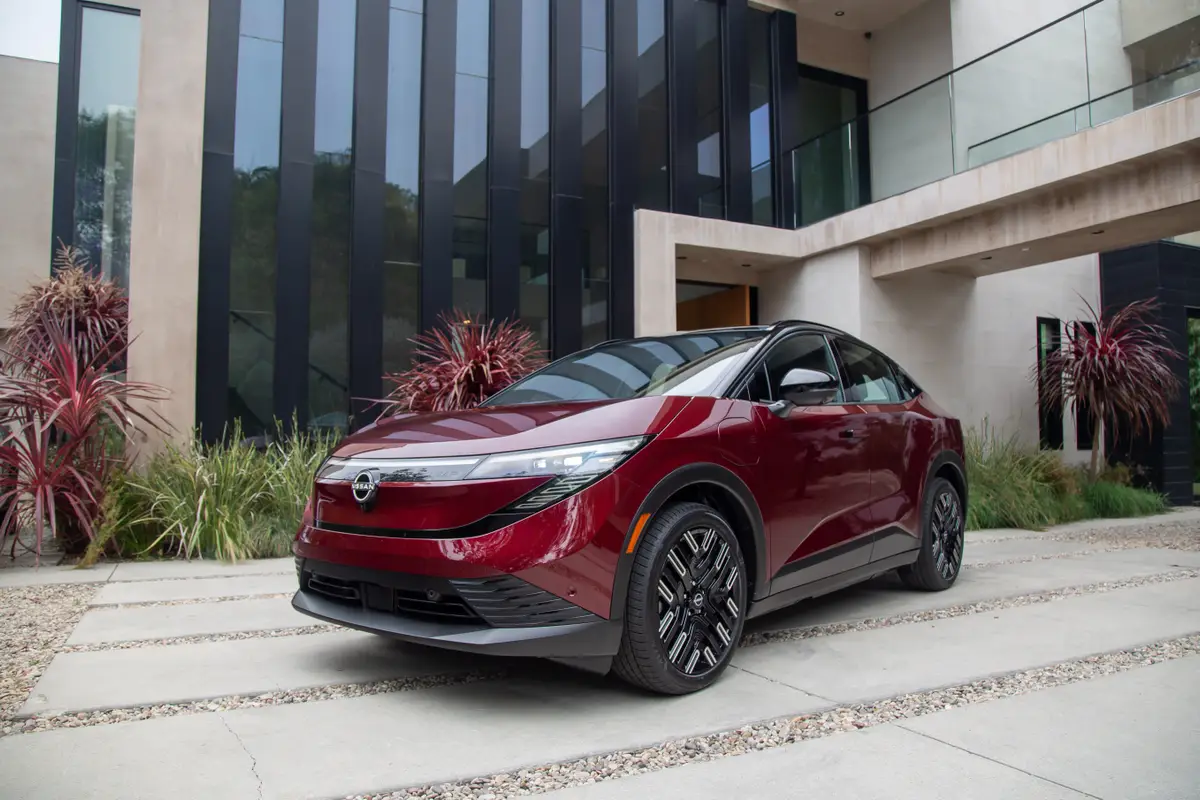2025 Nissan Armada Pro-4X: How Well Does It Tow?
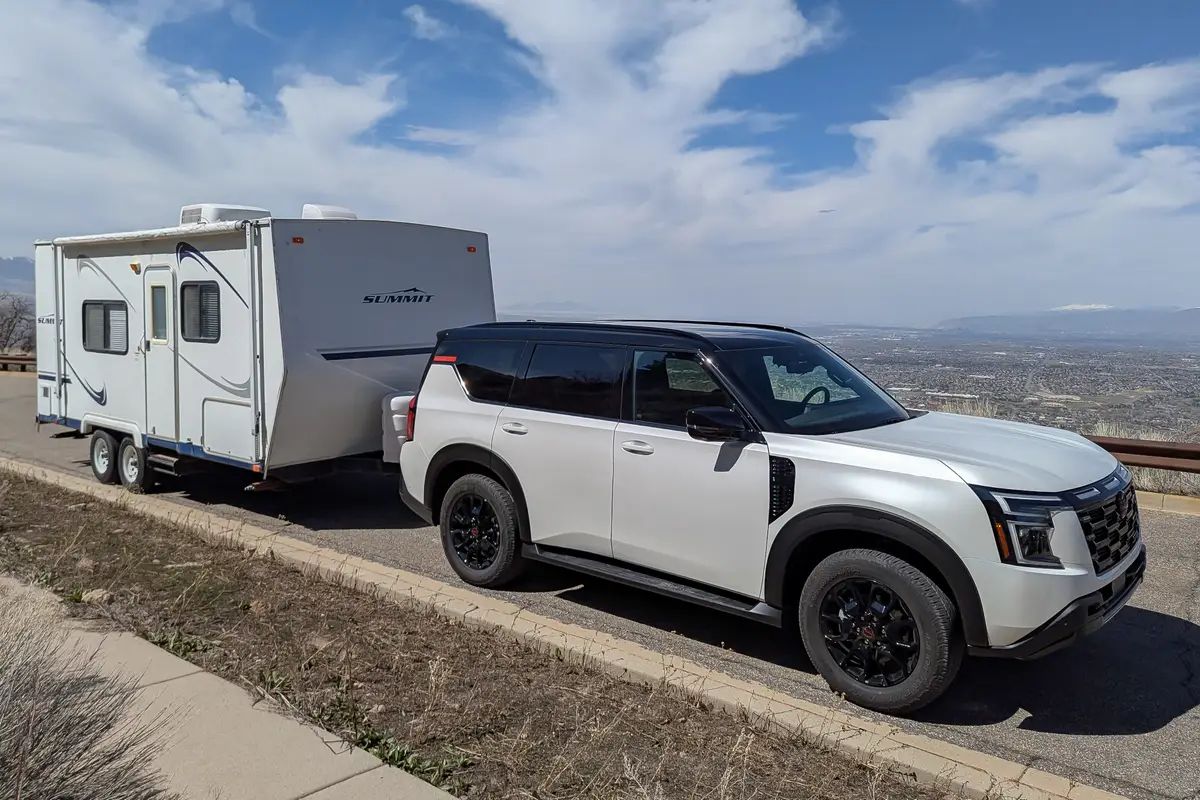
The 2025 Nissan Armada has been significantly updated with a new engine and transmission, updated drivetrain components, an updated suspension and a beefy frame that all contribute to the potential of the Armada being a great tow rig.
These updates include a 425-horsepower, twin-turbocharged 3.5-liter V-6 that makes its peak power at 5,600 rpm; 516 pounds-feet of torque happens at 3,600 rpm. While power is only up by 25 ponies, torque increases by a substantial 103 pounds-feet. Power is now routed through a nine-speed automatic transmission, and in the case of our Pro-4X tester, a full-time transfer case. The 2025 Armada’s maximum towing capacity remains at 8,500 pounds.
To test the redesigned 2025 Armada’s towing performance, we hooked it up to a camper trailer and towed over large elevation changes to see how well it performed.
Related: 2025 Nissan Armada Review: Nissan Builds a Replacement Toyota Land Cruiser
Towing Setup
Regardless of trim level or two- or four-wheel drive, every Armada has a towing capacity of 8,500 pounds. A Prodigy trailer brake controller (often an aftermarket add-on) and Class IV trailer hitch with seven-pin wiring are standard on the Pro-4X. The brake controller has a similar interface as the aftermarket Prodigy P2 setup with four boost settings: Off, b1, b2 and b3. These boost settings allow the driver to set a minimum amount of braking force for the trailer brakes when the Armada’s brakes are initiated. The owner’s manual has a chart of when to use the brake controller based on the percent the trailer weighs in relation to the Armada. The Pro-4X I tested had a curb weight of 6,366 pounds, but we’ll use 6,000 pounds to make the math simple.
Per the owner’s manual, the Prodigy trailer brake controller boost level to trailer weight breakdown is as follows:
- For trailers less than 6,000 pounds, use Off or b1
- For trailers close to 6,000 pounds, use Off, b1 or b2
- For trailers weighing around 7,500 pounds, use b1, b2 or b3
- For trailers at or over 8,500 pounds, use b2 or b3
The trailer in this test weighs close to 4,700 pounds, and even b1 was too much, so for testing, the brake boost was set to Off.
Like other manufacturers, Nissan recommends a weight-distribution hitch when towing over 5,000 pounds. I add that whenever towing a travel trailer for personal use for increased stability and safety, but for the purposes of this test, I drove without one to get an accurate feel for how the Armada tows.
Related Video:
Trailer Details
I like to use a fairly lightweight but large-bodied camping trailer for these tow tests. While under 5,000 pounds, the trailer has a tongue weight that varies between 485 and 515 pounds, depending on whether the batteries have been installed for the season or not. In this case, the batteries weren’t installed, putting the tongue weight at 485 pounds. While only 22 feet long, the trailer is 8 feet wide and 10 feet tall. This makes it very susceptible to winds and makes it more difficult to tow at freeway speeds.
Test Route
While the test route is only 30 miles, it includes city streets, freeway, highway and a long, steep climb. Elevation starts at 4,550 feet, then over the next four to five miles, it tops out at 6,200 feet. Sections of the road peak at nearly 10% grades, with the average grade closer to 6%.
Hooking Up
For my towing tests, I almost always use an adjustable-height ball mount despite personally recommending that a weight-distribution hitch with sway control be used in most travel trailers. In this case, I used a Fastway Flash Scale ball mount, which displays the trailer tongue weight. The reason for a ball mount over a weight-distribution hitch is to get a better feel of how the tow vehicle manages the load. Using a quality weight-distribution hitch also means having built-in sway control, which can greatly reduce the negative feedback from the trailer while towing.
Installing the ball mount was simple and straightforward. The pin depth was a little shallow at 1.5 inches as compared to many other manufacturers’ that are 2 or 2.5 inches in from the receiver face. Connecting the chains, safety break-away cable and wiring was a nonissue.
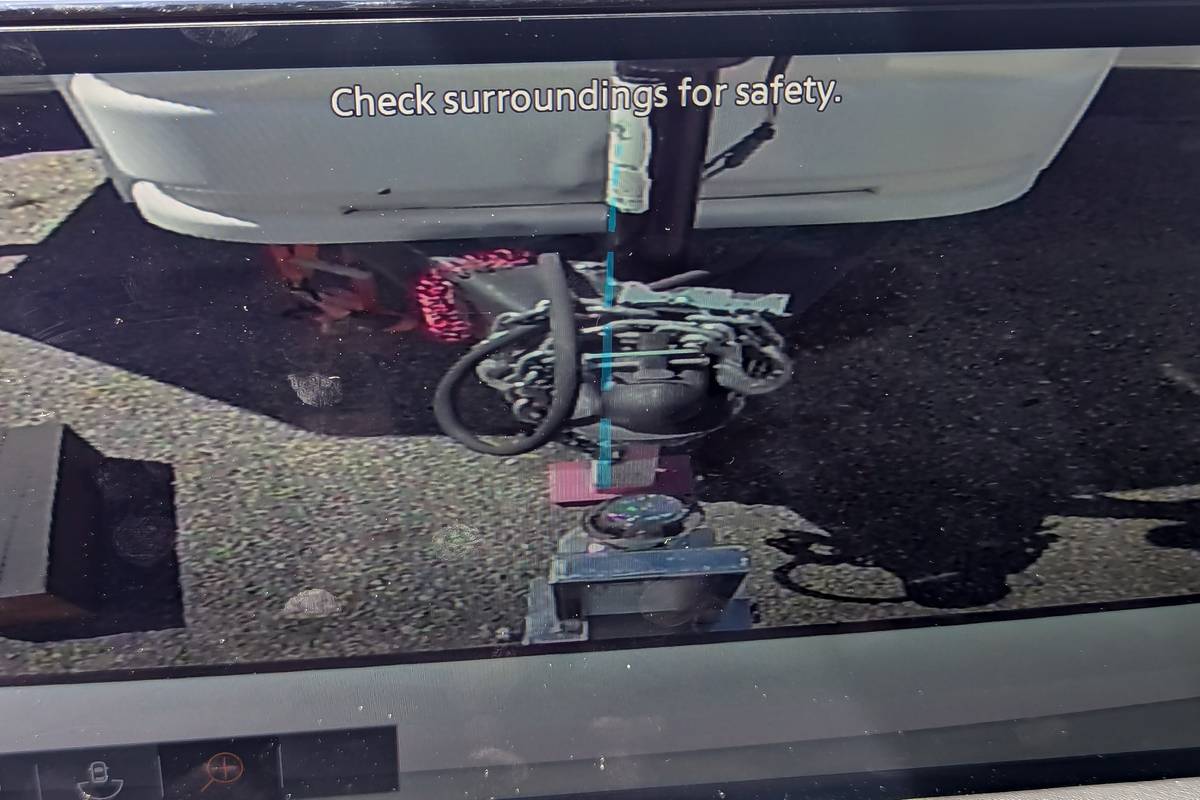
Connecting to the trailer with the Armada’s backup camera was very easy and clear. The guiding lines aren’t centered on the trailer ball, but it was easy enough to see where the trailer tongue and ball mount were to line them up. The Pro-4X is equipped with four-corner air suspension, meaning that the Armada leveled itself after connecting the trailer, so there was no noticeable suspension sag.
For this test, Tow/Haul mode is engaged, cruise control is not used and manual shifting is only done for a short section of the downhill to test compression braking of the engine.
Hitting the Road
As soon as the drive started, it was apparent how unnoticeable the trailer was. While the Armada has never been a small vehicle, for 2025, it fattens up by 3.4 inches over the previous Armada and is 83.3 inches wide. This increases towing stability, which is felt. Stability is also aided by the electronic dampers and how well they control the added load. Around town, getting up to speed between traffic signals was no issue for the twin-turbo V-6. Torque comes on early and makes the extra load less noticeable than the V-8 in the previous Armada. The trailer brake controller did an excellent job of seamlessly applying the trailer brakes to match the Armada’s braking force.
Merging onto the uphill on-ramp to the freeway was a nonissue. The setup was able to reach merging speeds with plenty of room to spare. Winds were low the day of the test, and the trailer never unsettled the Armada. Exiting off the freeway was completely uneventful.
After a little bit of highway driving, I arrived at the base of the climb. That is when I found the altimeter in the Armada’s infotainment system, which read 4,576 feet. From there, the speed limit is 40 mph, and for the majority of the climb, the Armada was under 3,000 rpm. The transmission downshifted on the steepest section, putting engine speed in the 3,200-rpm range for a short time. The drive to the top was uneventful and even relaxing; the highest point in the test was 6,198 feet.
Heading downhill was a nonissue. Compression braking from the engine wasn’t what you would expect from the exhaust brake of a modern pickup truck diesel, but the Armada was able to hold 40 mph for all but the steepest grades.

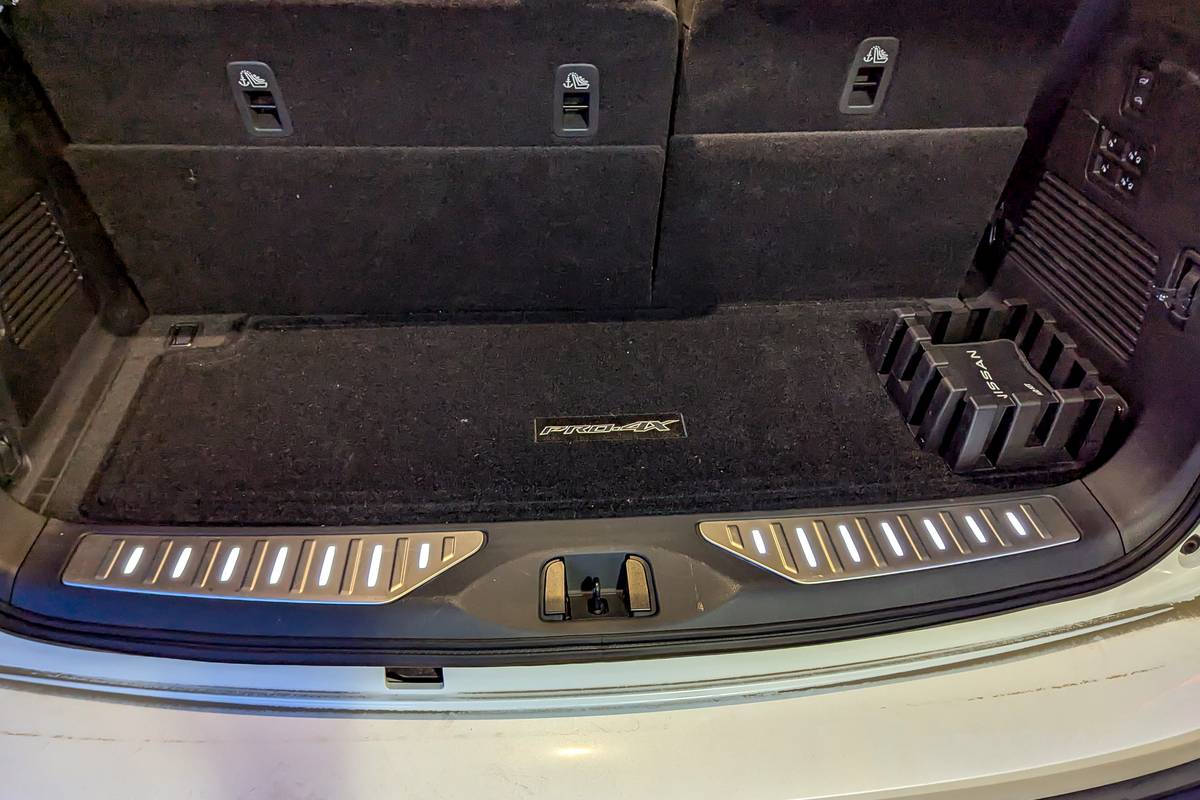

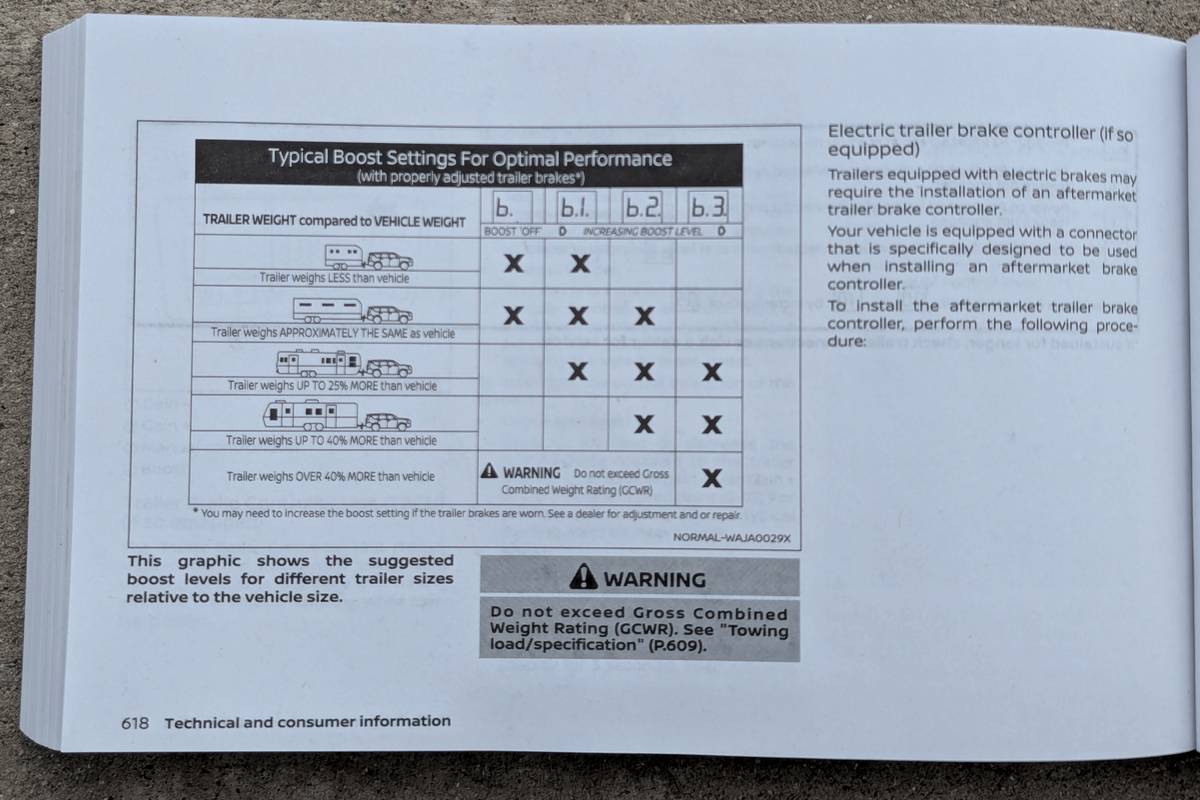
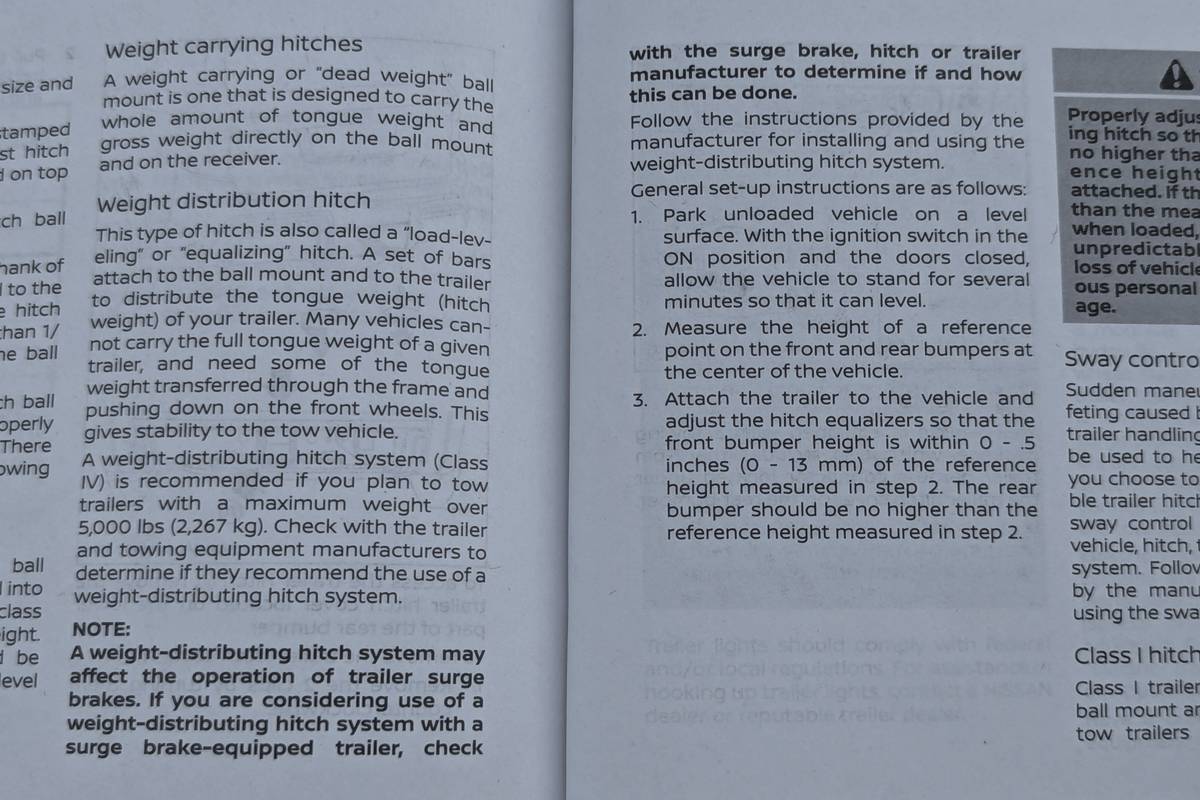




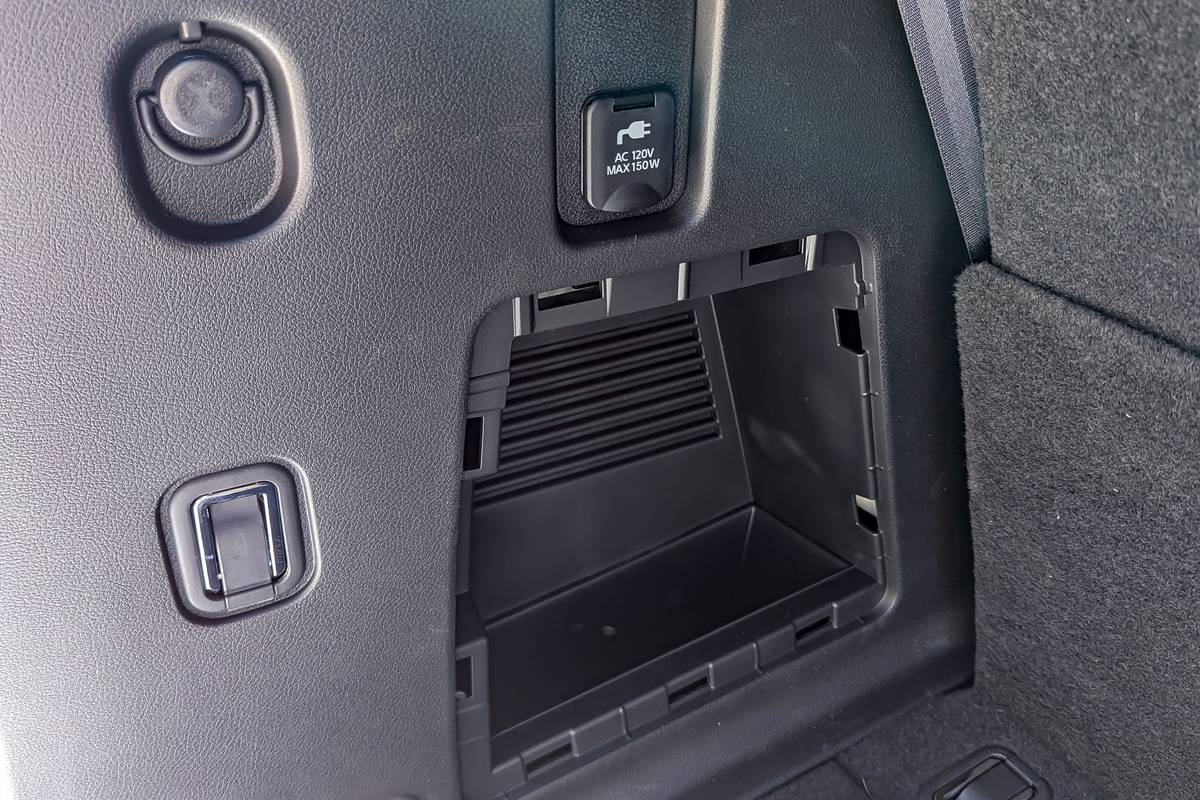
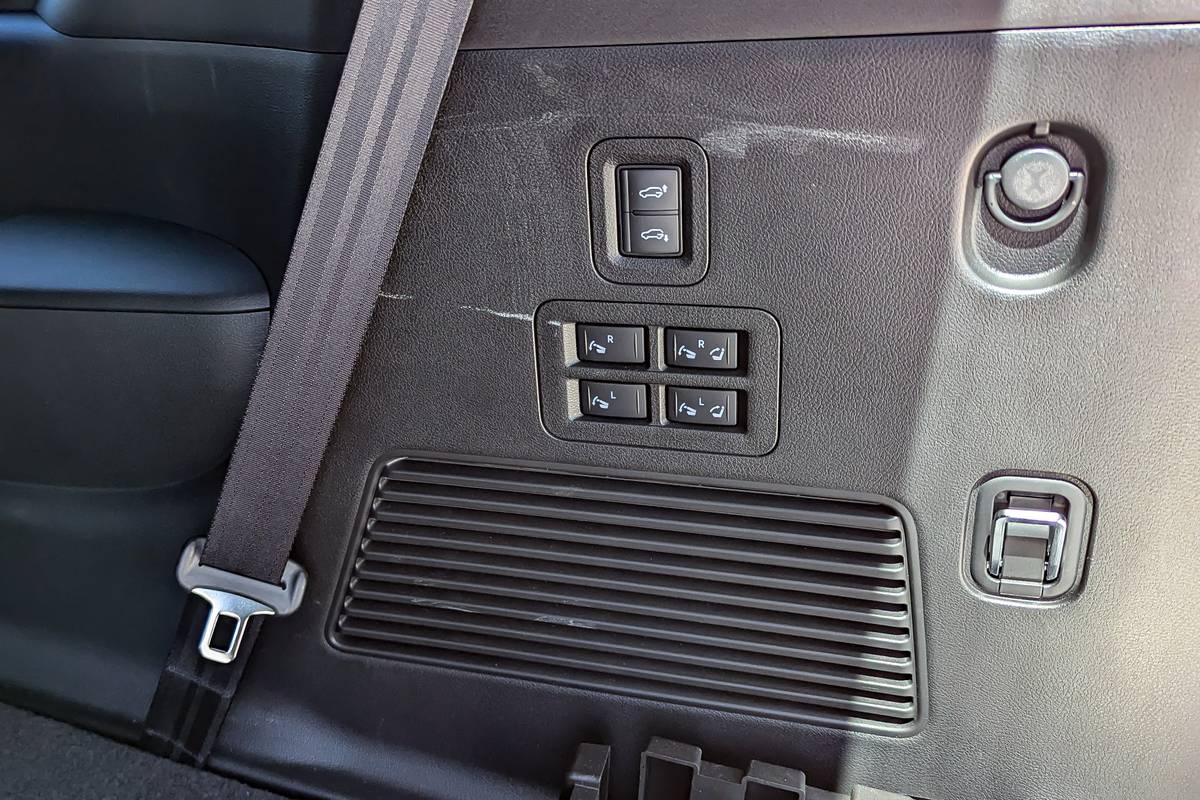
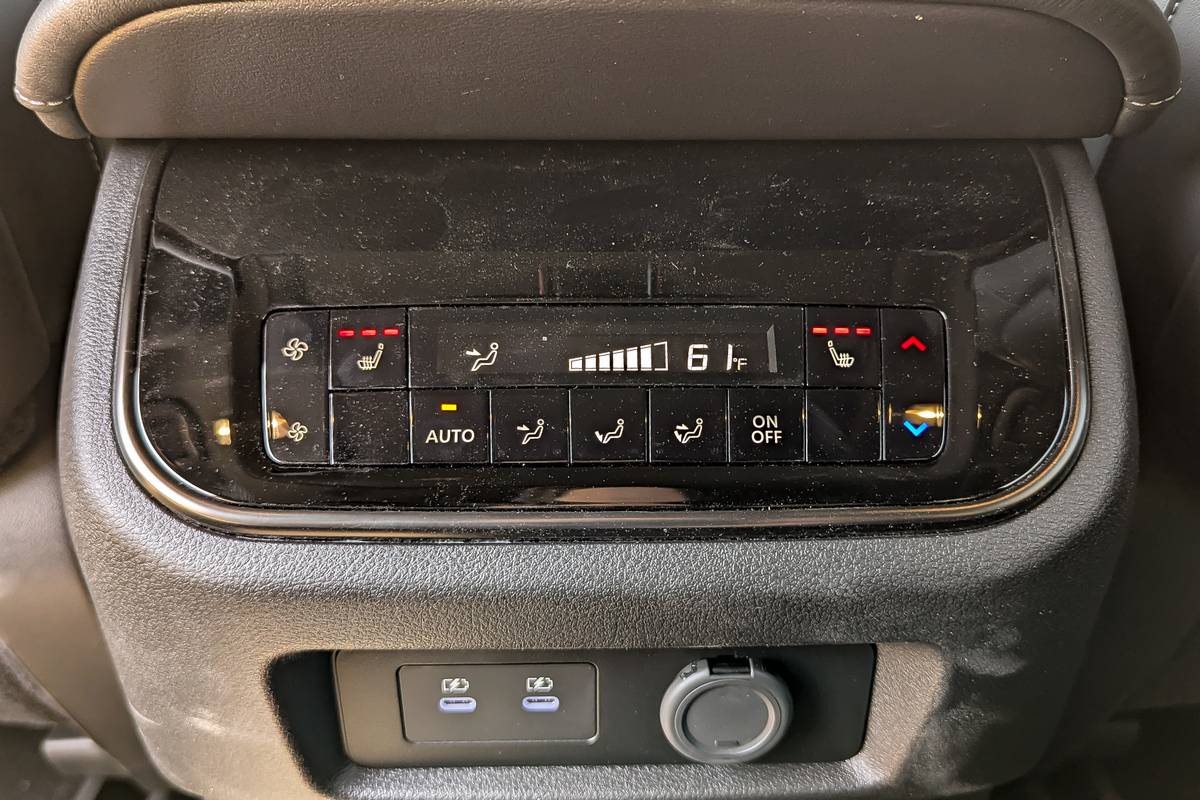

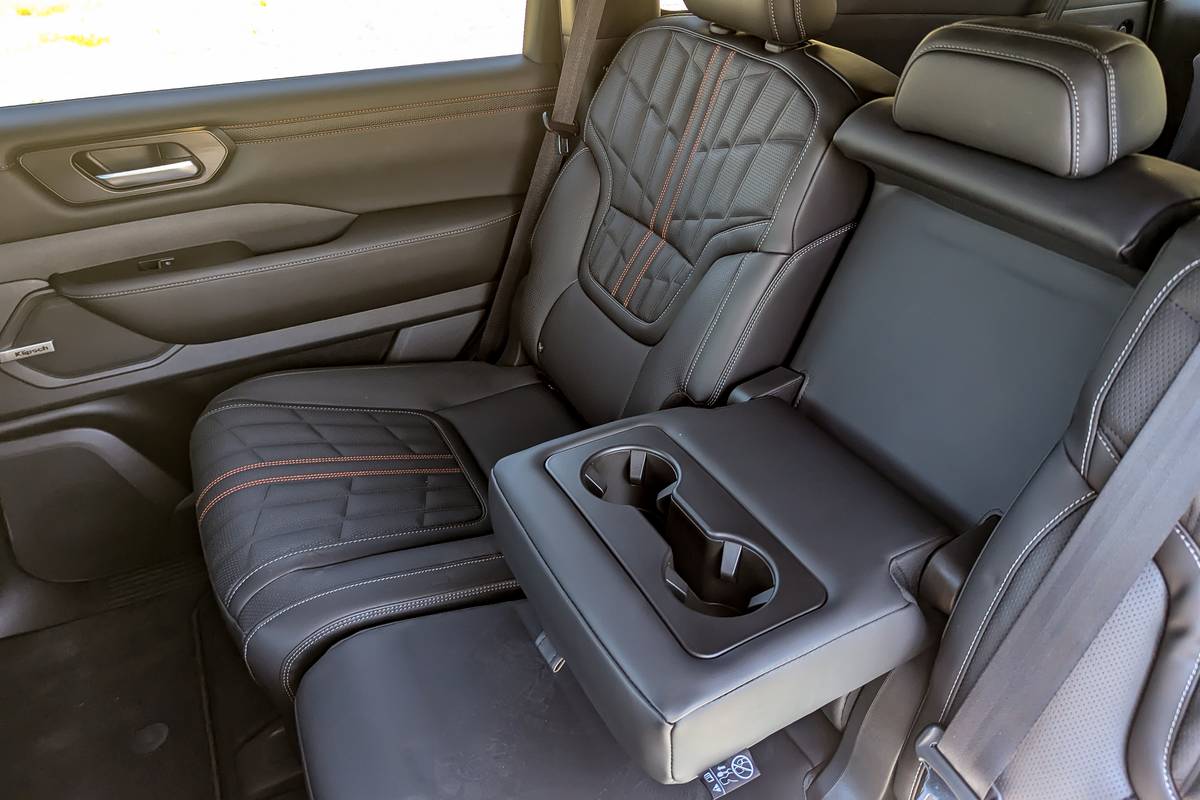
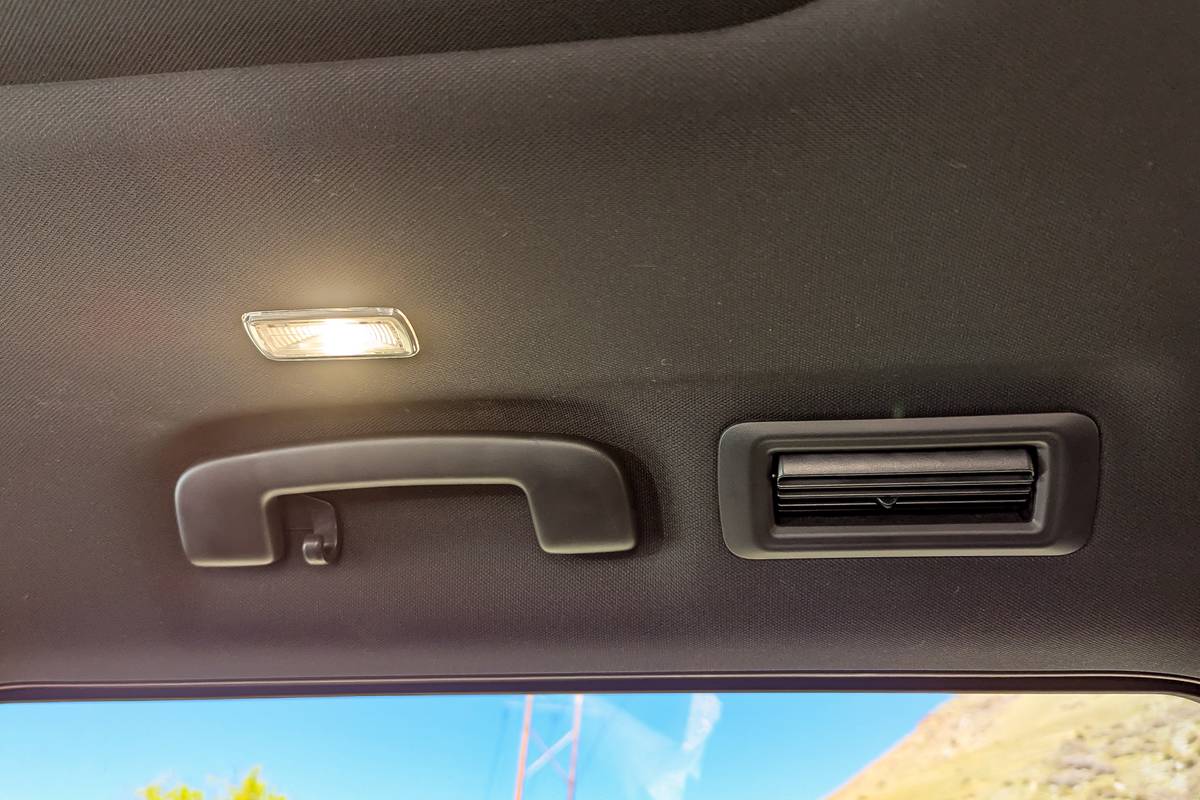

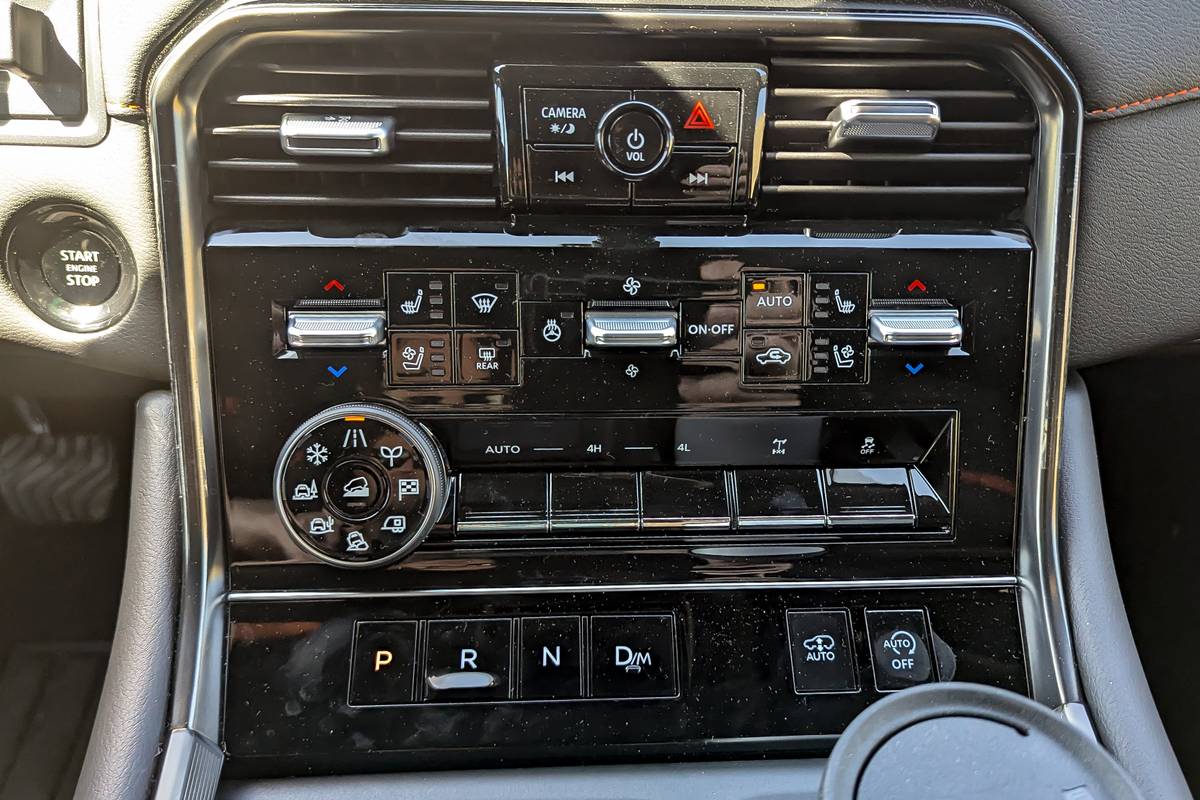
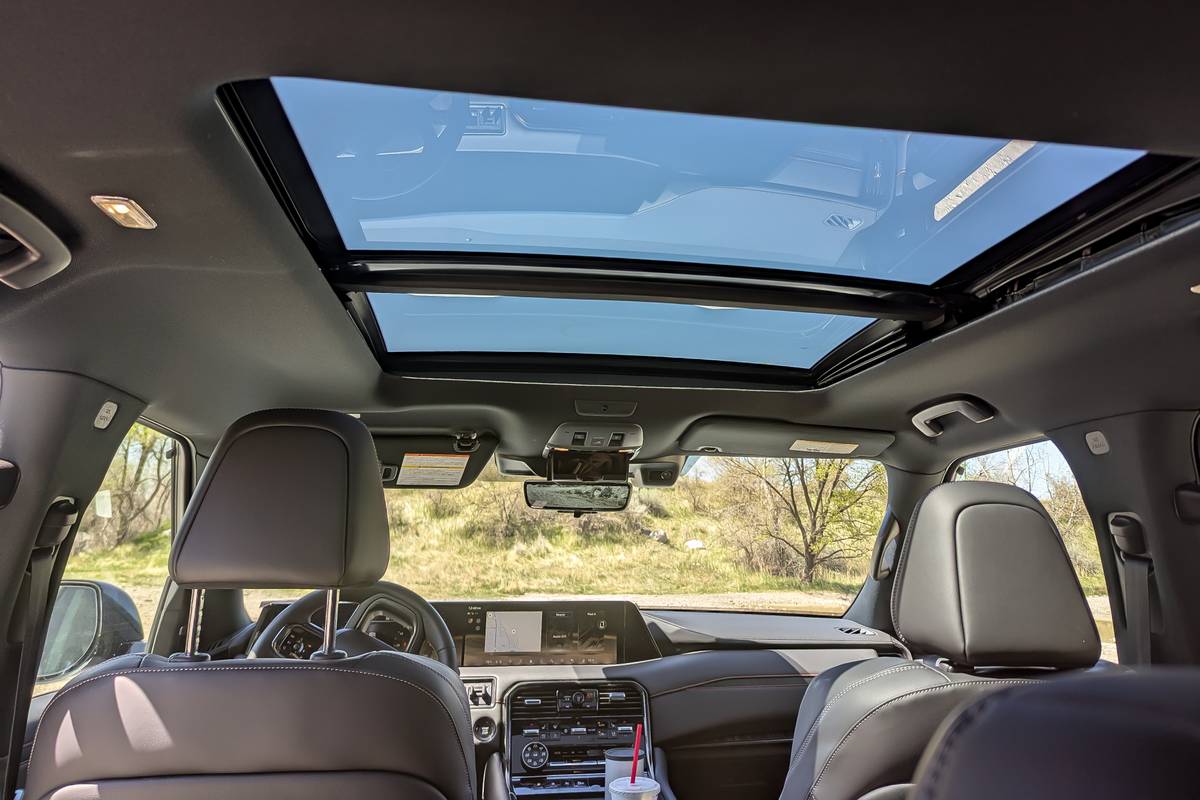
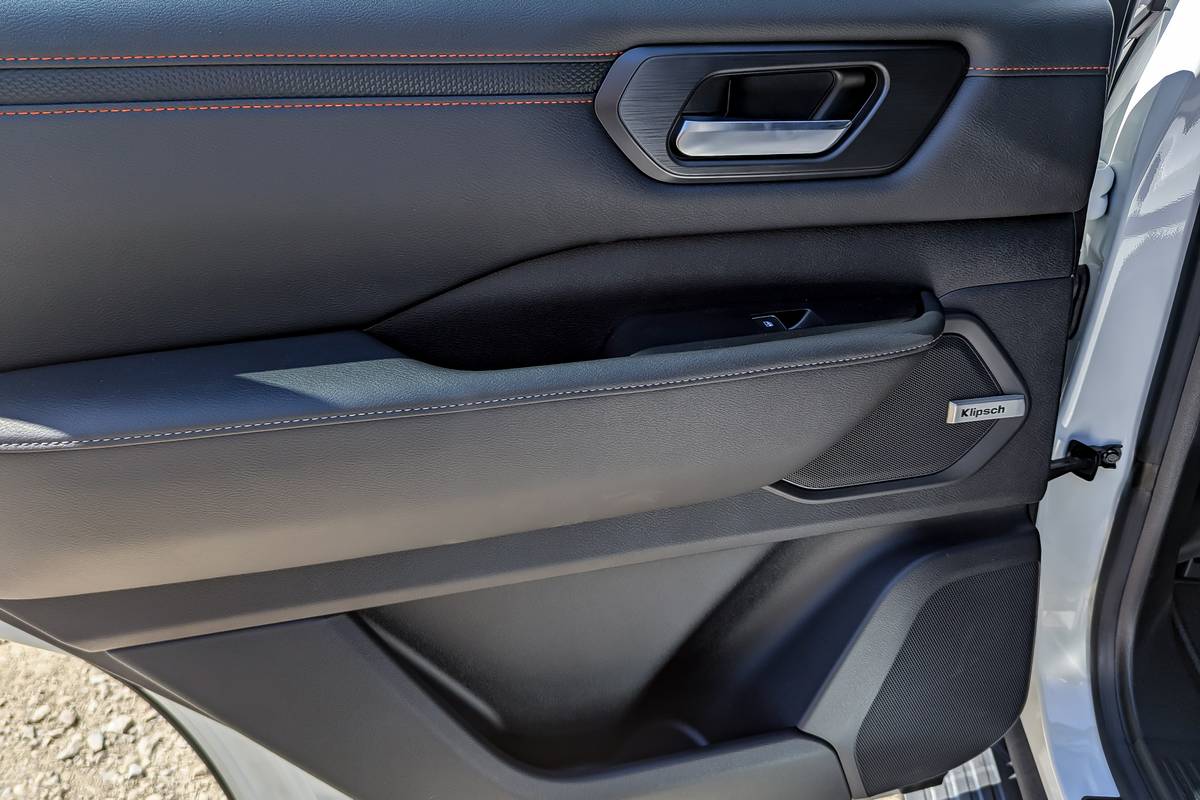
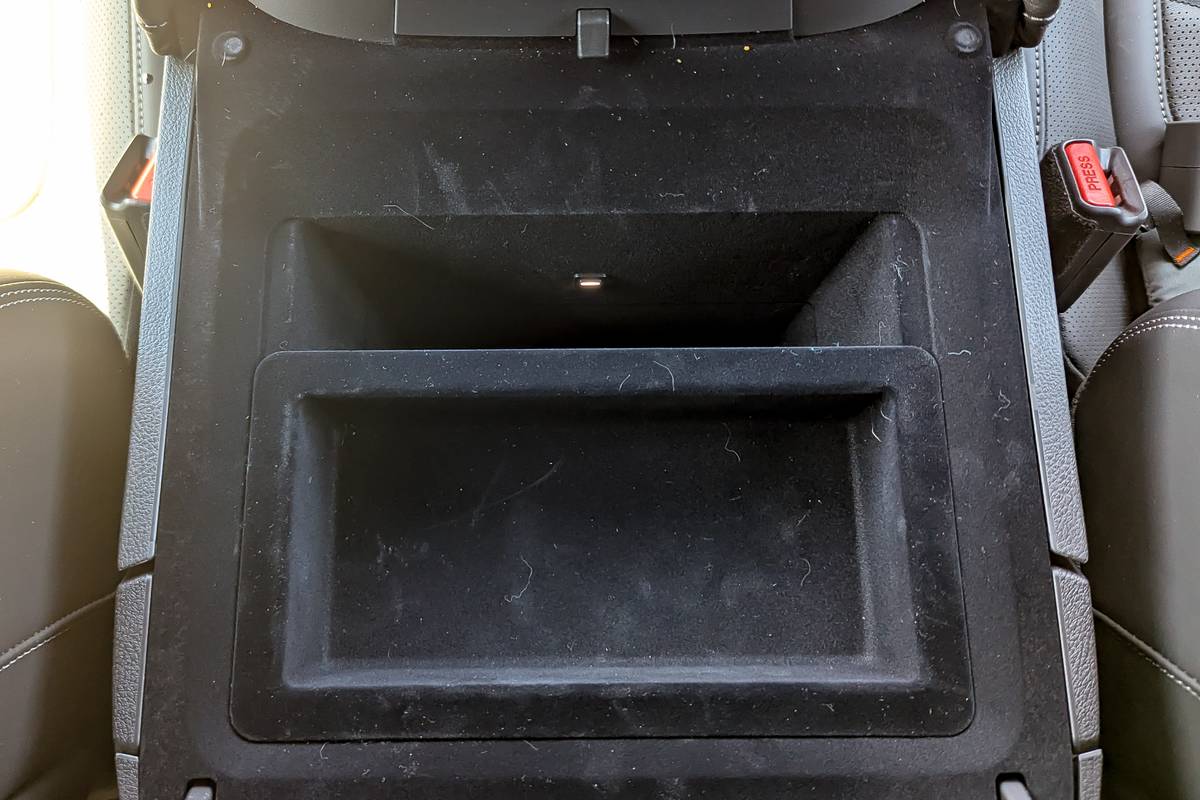

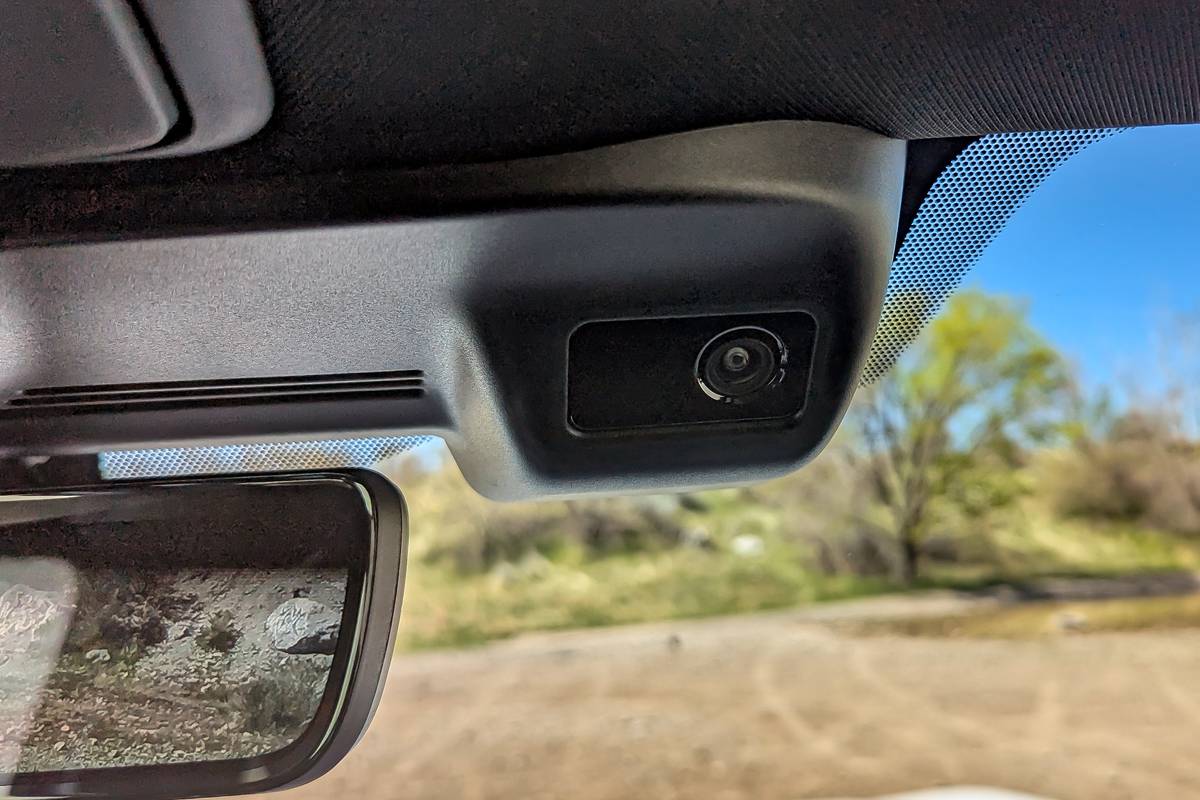
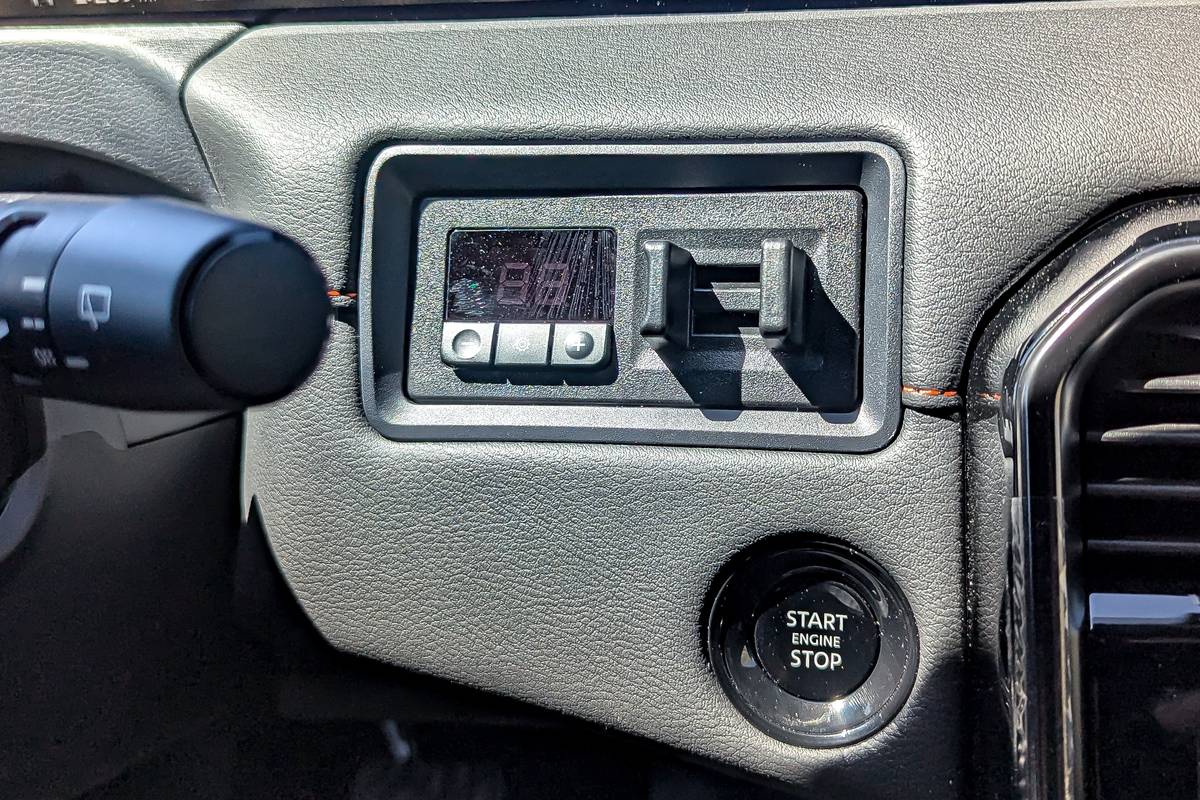
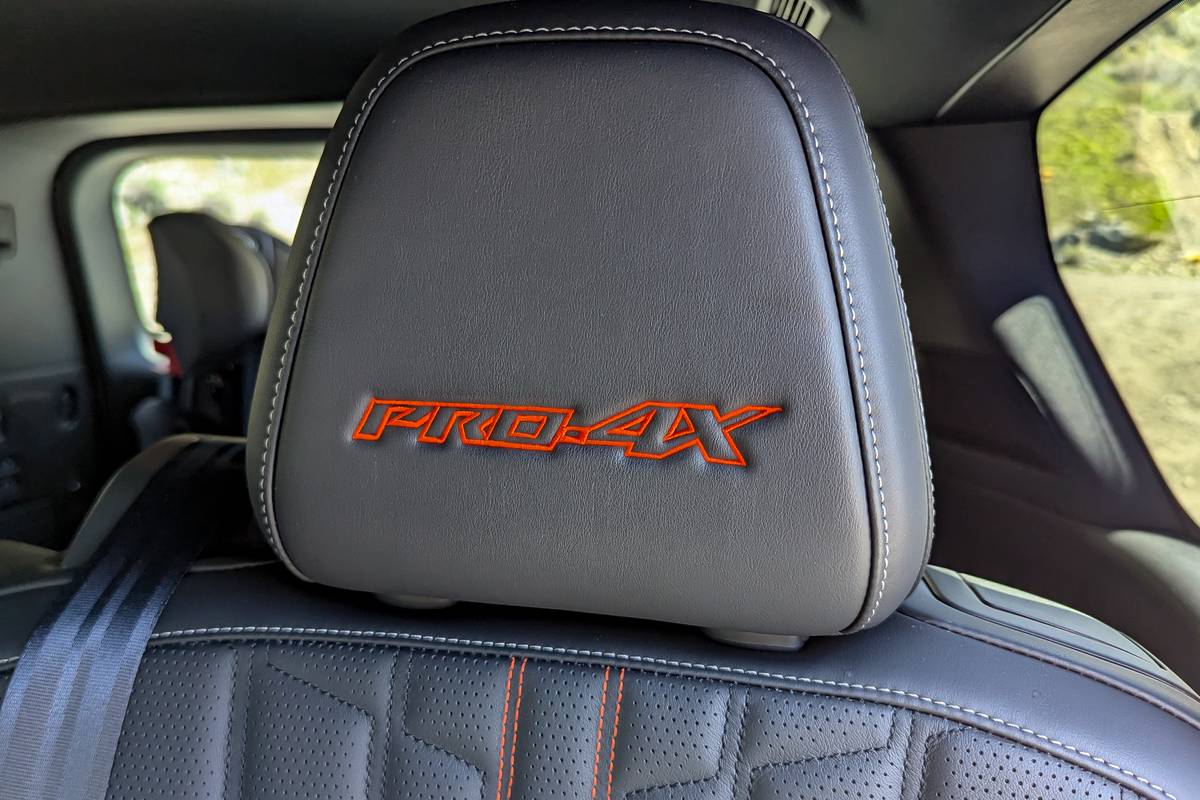
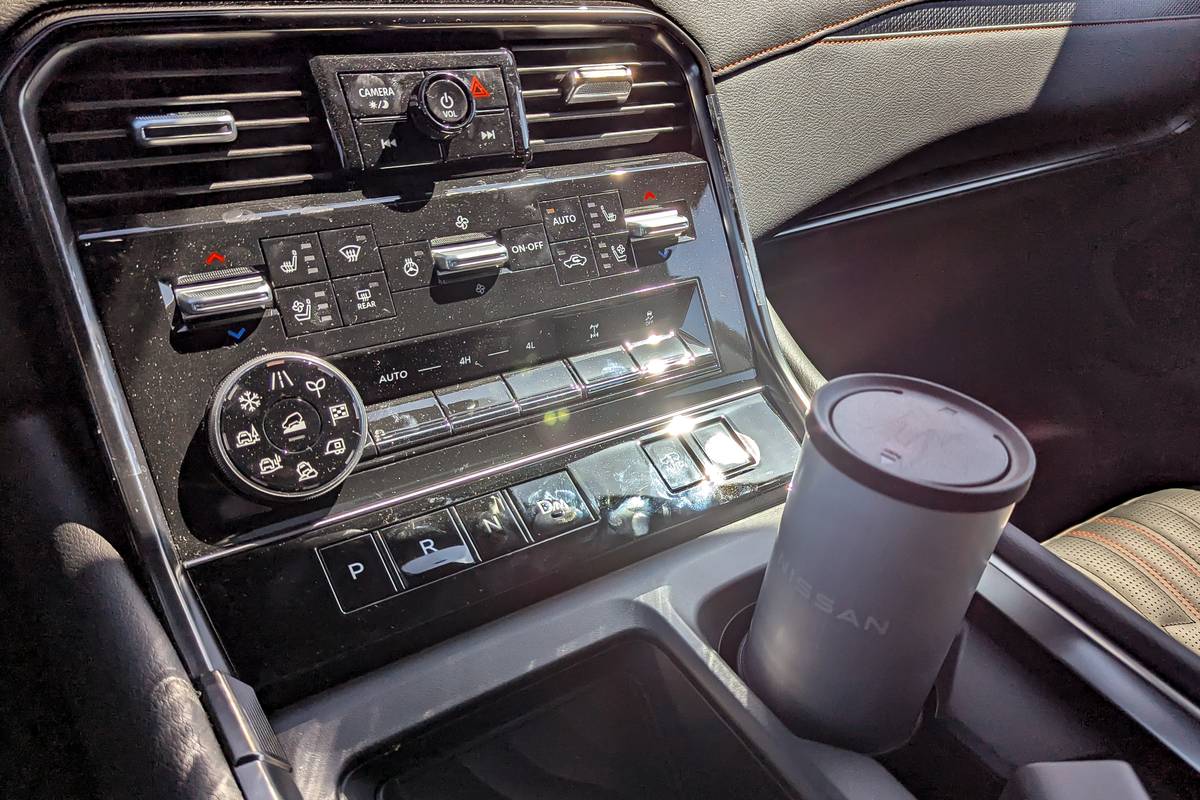
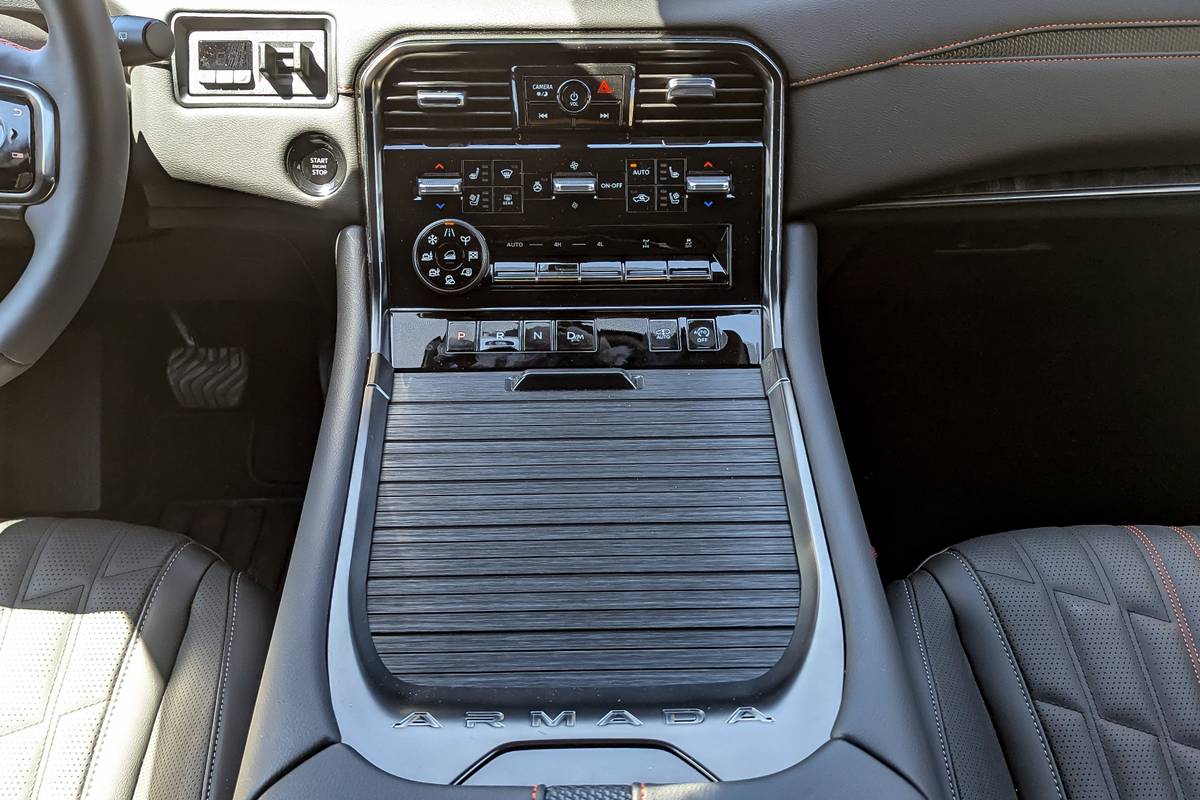

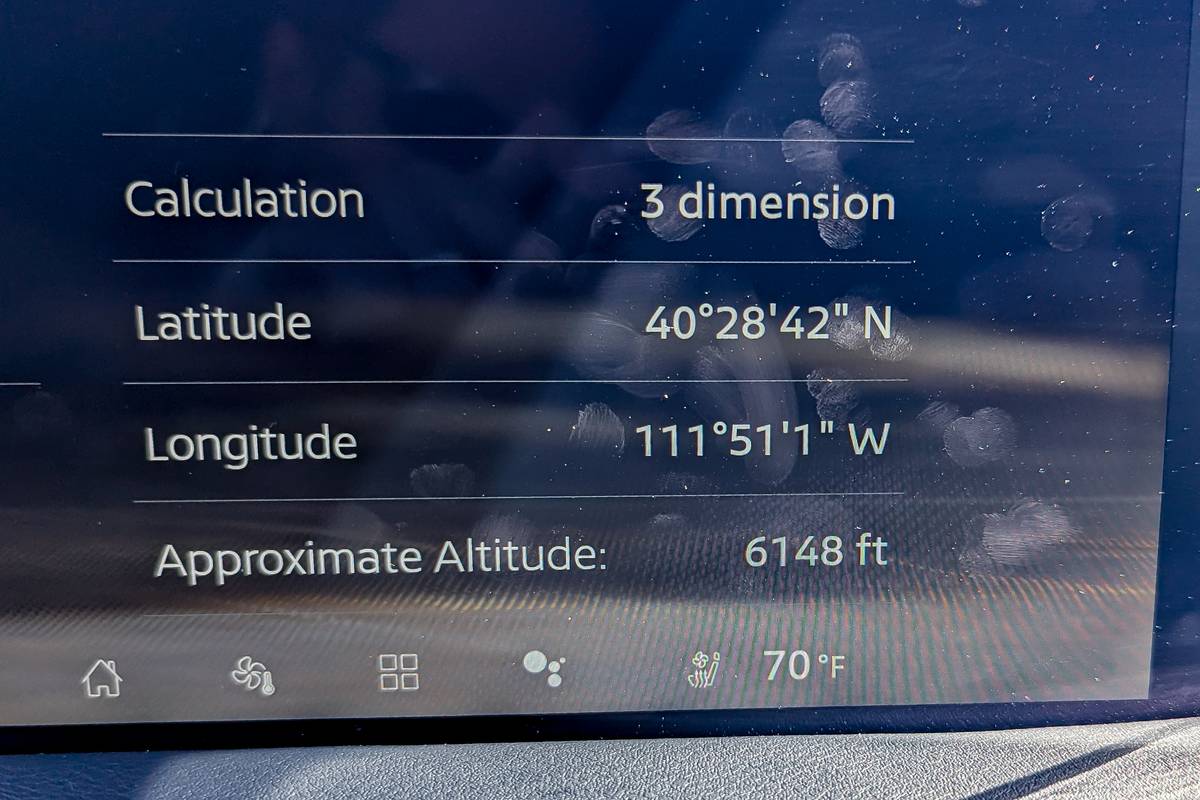
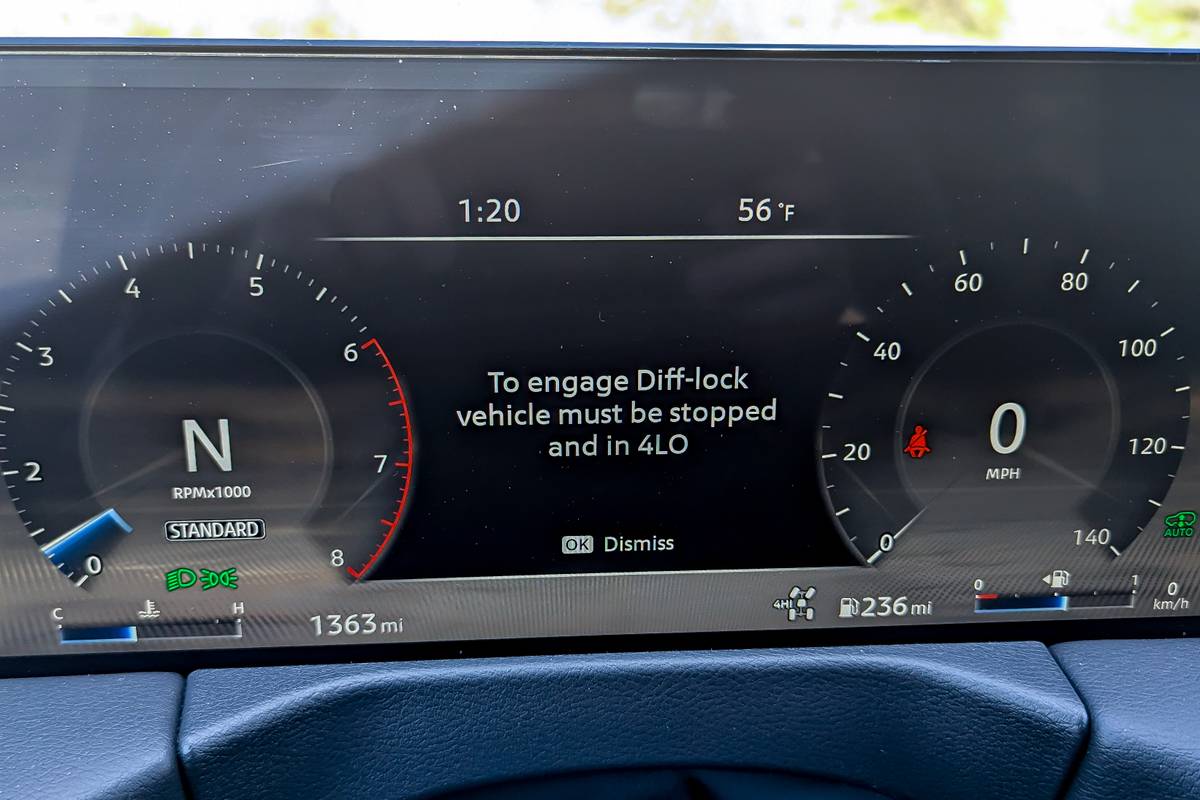
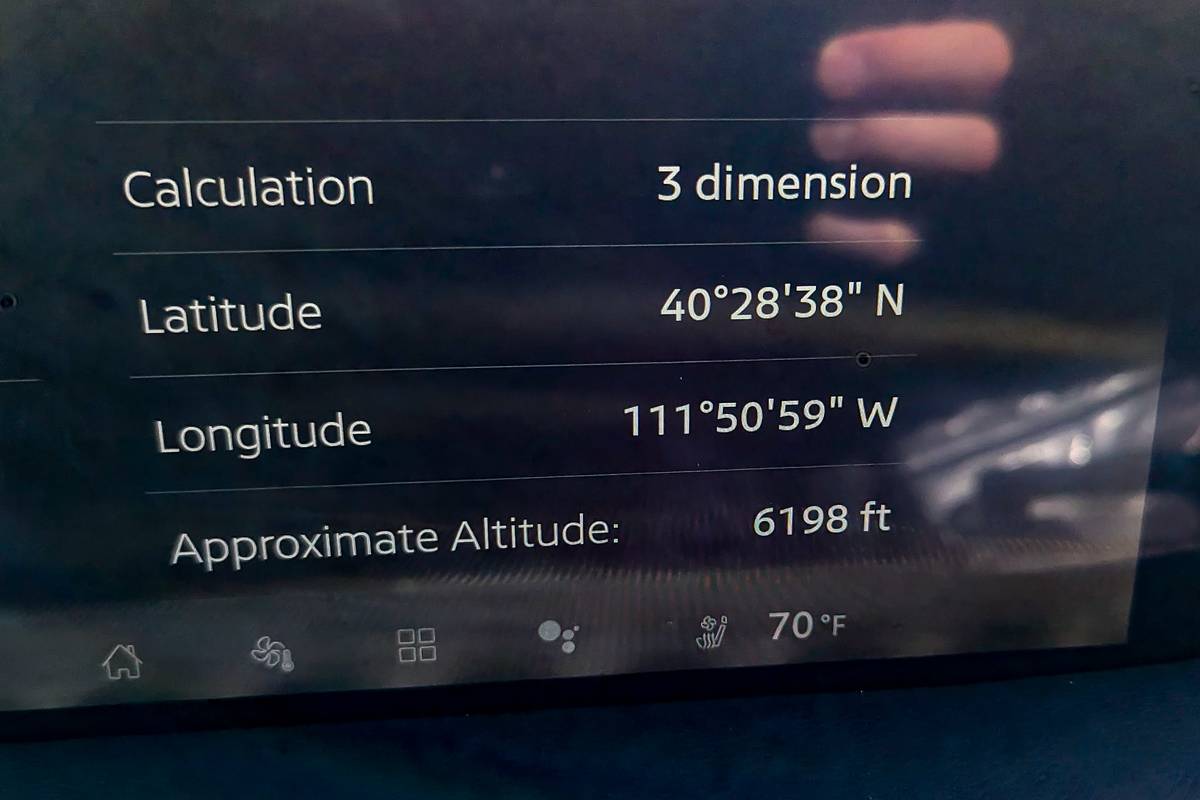


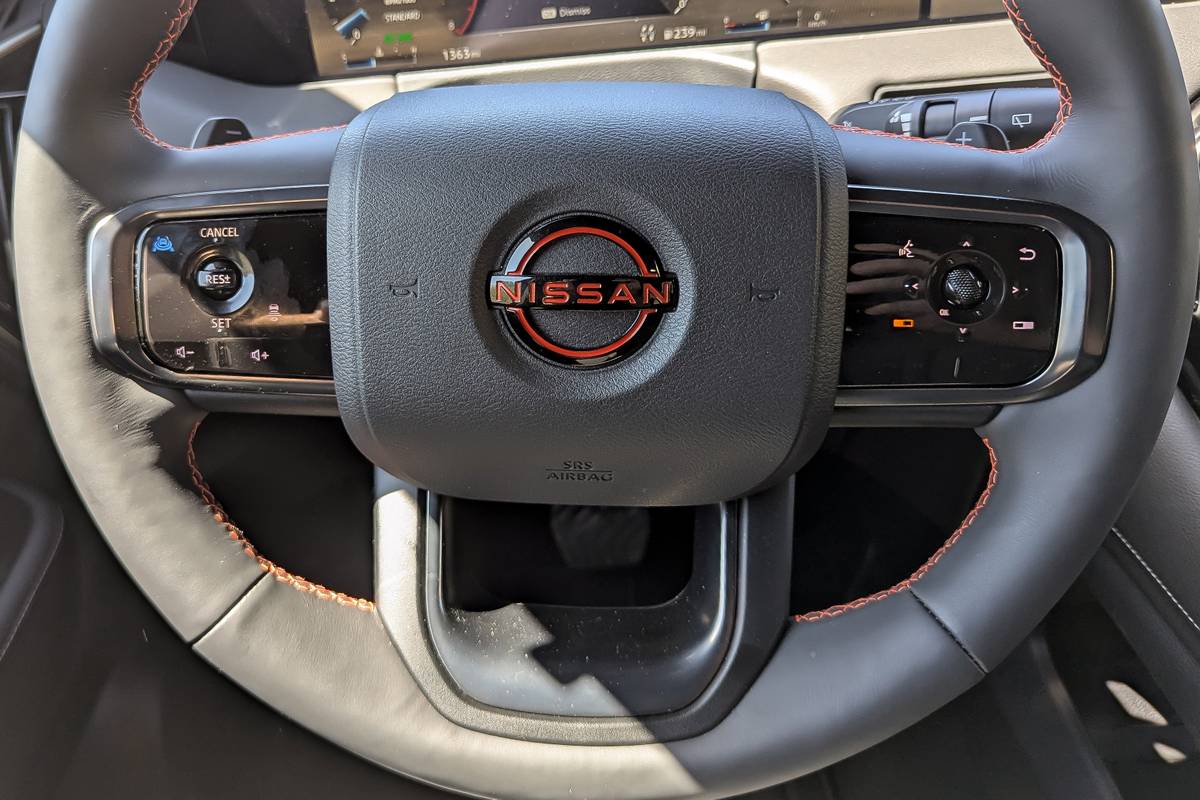
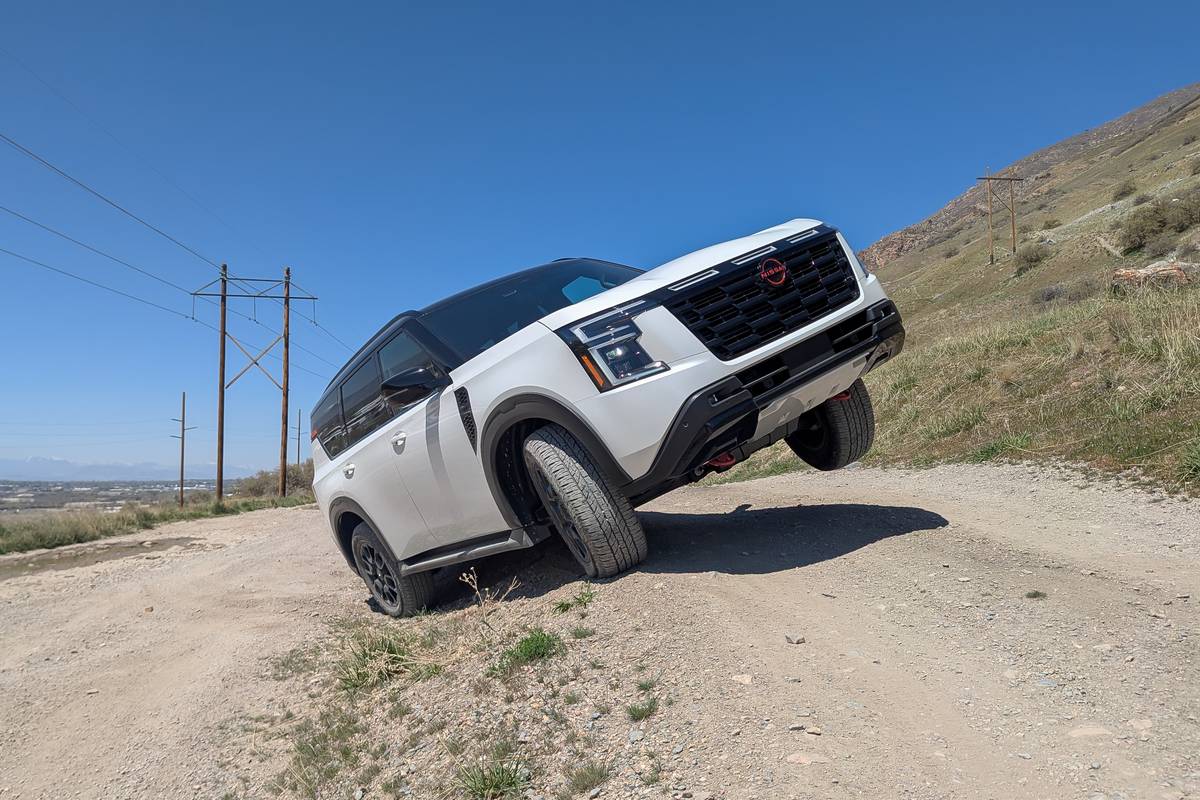

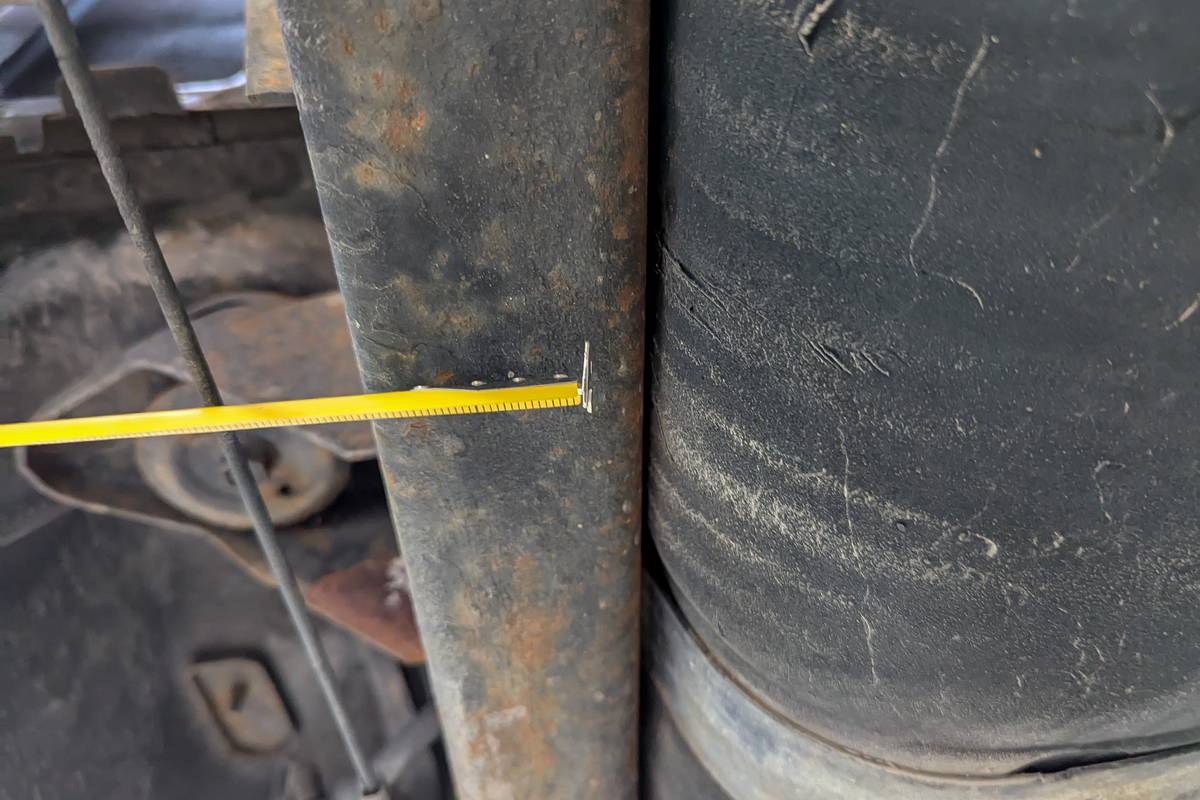
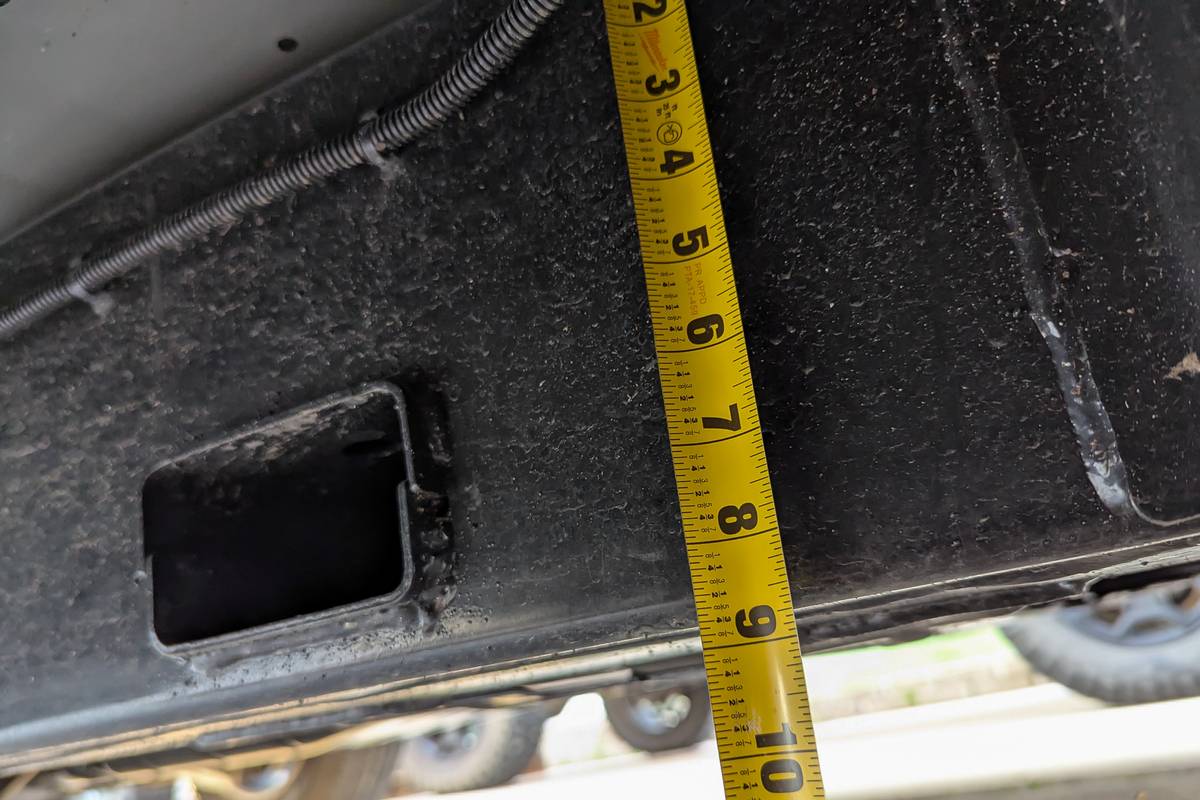



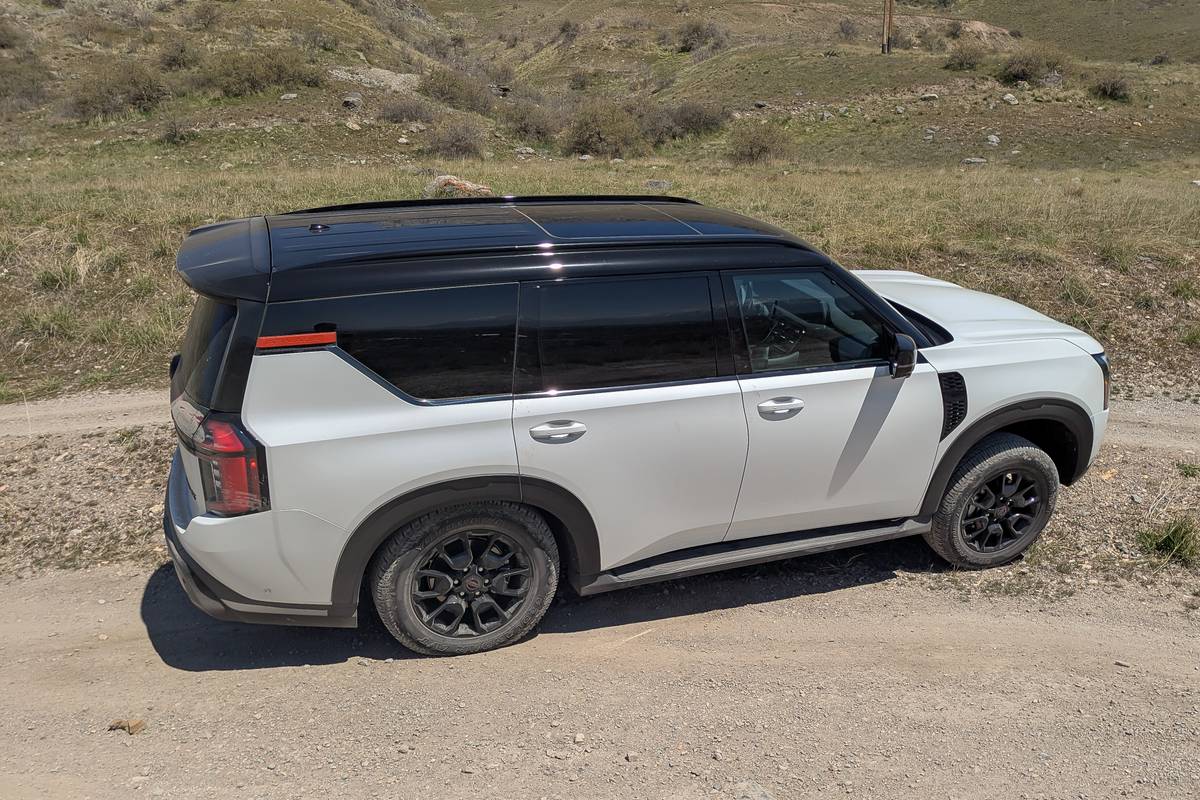

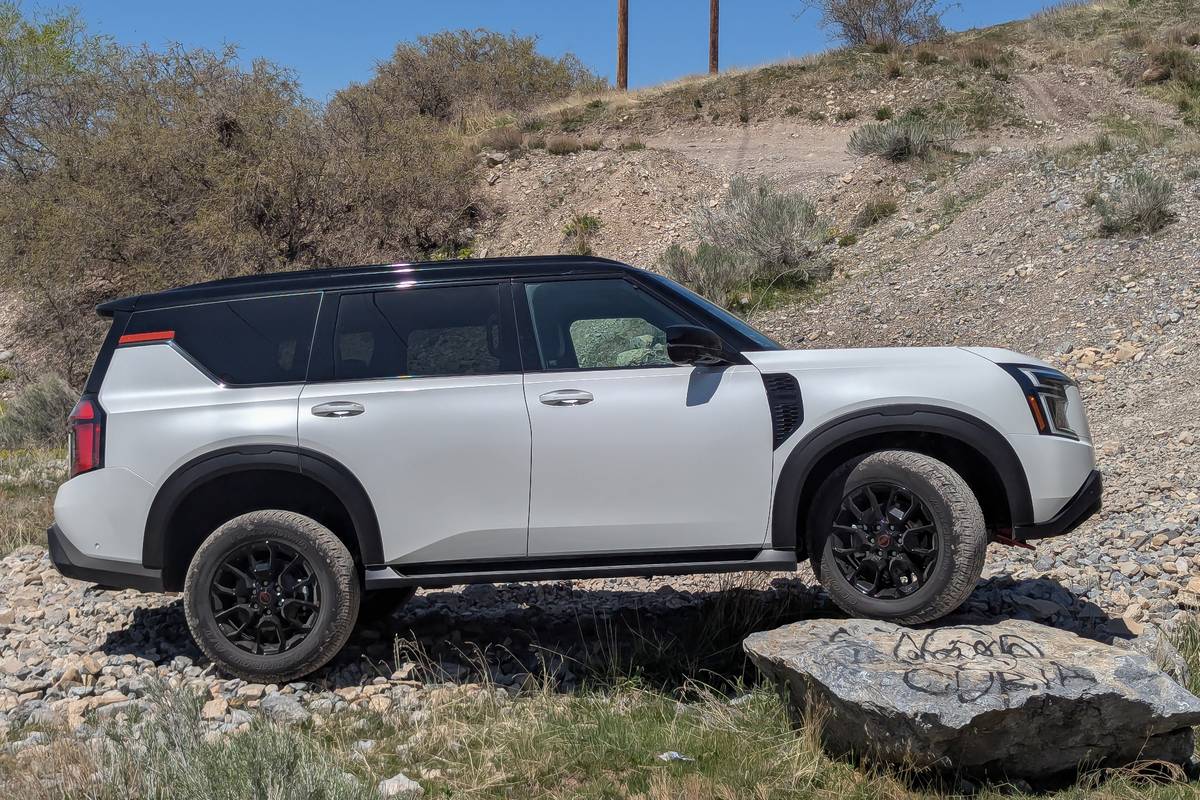
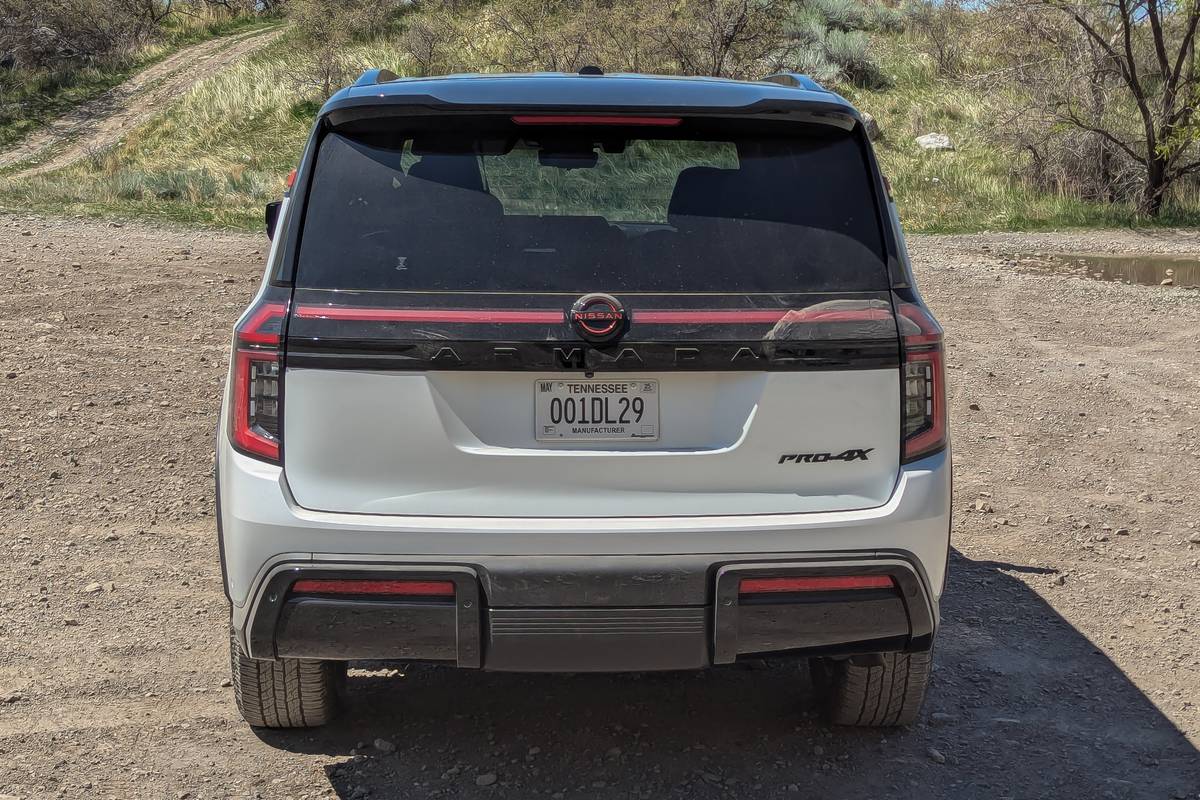
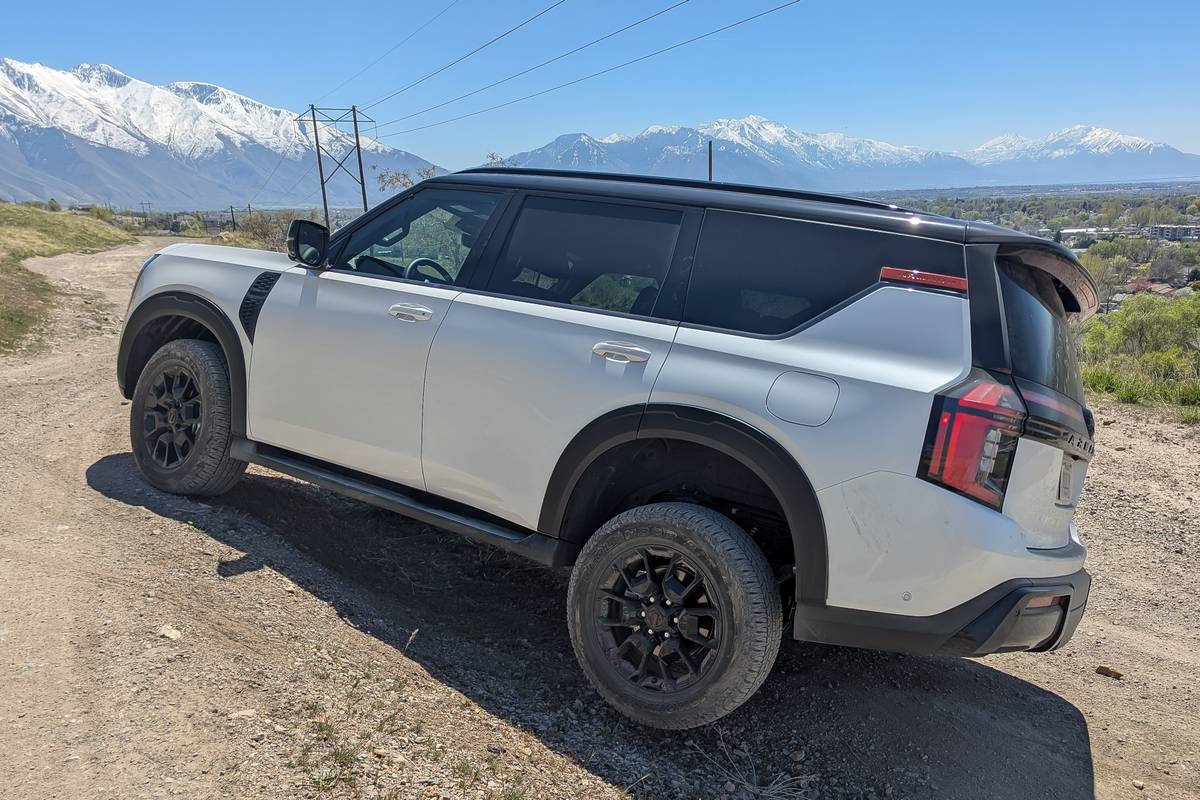





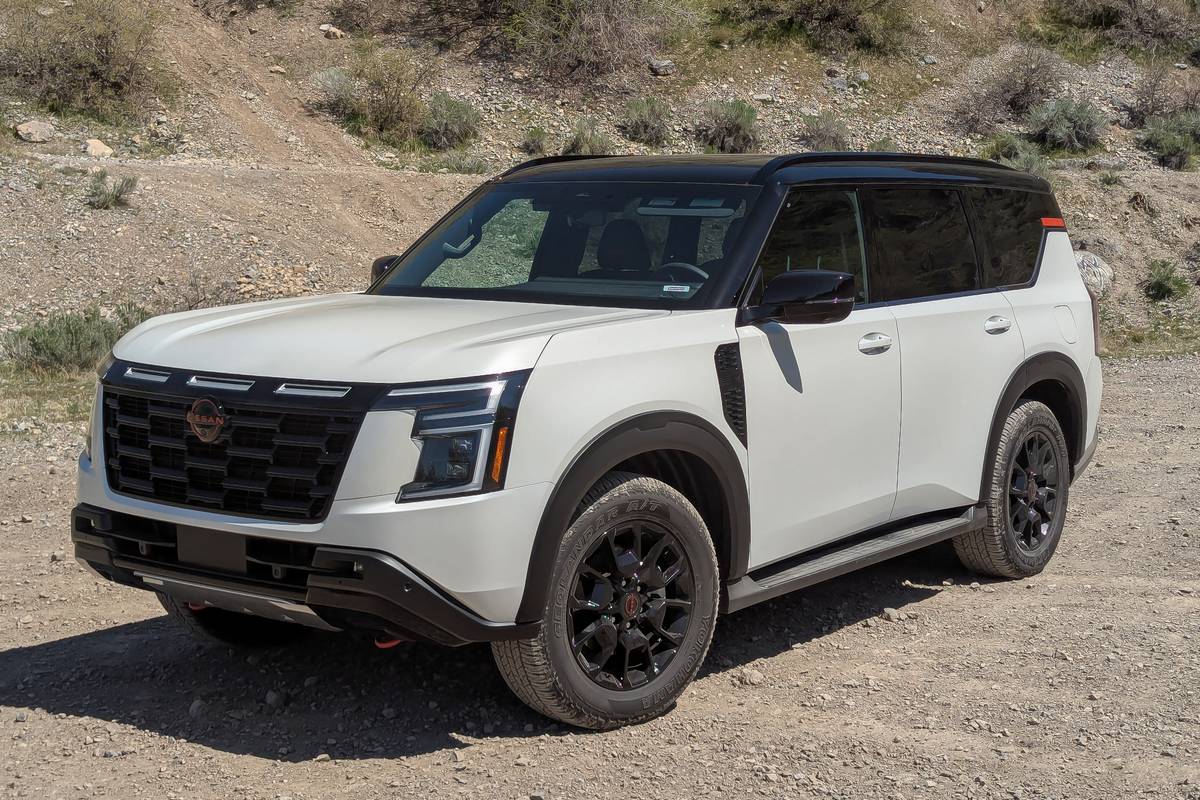



















































Fuel Mileage
Vehicles generally average between 9 and 12 mpg in this test. The Armada came in at a respectable 11 mpg, per the vehicle’s trip computer. This is on the upper end of gas engines tested over this course. Overall, for a vehicle this large towing a billboard of a trailer, that’s not a bad number at all.
Bottom Line
The 2025 Nissan Armada Pro-4X is an excellent tow vehicle. The massive size of the Armada certainly doesn’t hurt towing stability, but the powertrain, drivetrain and suspension are all well set up for a weekend warrior’s towing needs. The biggest thing I would like to see changed for towing with the Armada is the addition of key information in the instrument cluster. Oil pressure, oil temperature and transmission temperature are all things I like to keep an eye on while towing but aren’t available in the 2025 Armada. That’s a very small gripe, as the towing experience with the Armada is up there with the best performers in the full-size SUV market.
- ${price_badge()}
- ${ami_badge()}
- ${battery_badge()}${ev_report_link()}
- ${hot_car_badge()}
- ${award_badge()}
- ${cpo_badge()}
${price_badge_description}
${ami_badge_description}
The EV Battery Rating is based on this vehicle's current expected range relative to the vehicles expected range when new. ${battery_badge_text}
Certified cars are manufacturer warrantied and typically go through a rigorous multi-point inspection.
This car is likely to sell soon based on the price, features, and condition.
${award_blurb}
${award_two_blurb}
Shop the 2025 Nissan Armada near you


More From Cars.com:
- Redesigned 2025 Nissan Armada Priced From $58,530
- 2025 Nissan Armada Up Close: My, What Big Everything You Have
- You Sunk My Battleship: 2024 Nissan Armada Drops Base S Trim
- IIHS Crash-Tests 11 More Vehicles, 3 Earn Top Safety Pick+ Awards
Cars.com’s Editorial department is your source for automotive news and reviews. In line with Cars.com’s long-standing ethics policy, editors and reviewers don’t accept gifts or free trips from automakers. The Editorial department is independent of Cars.com’s advertising, sales and sponsored content departments.
Featured stories
